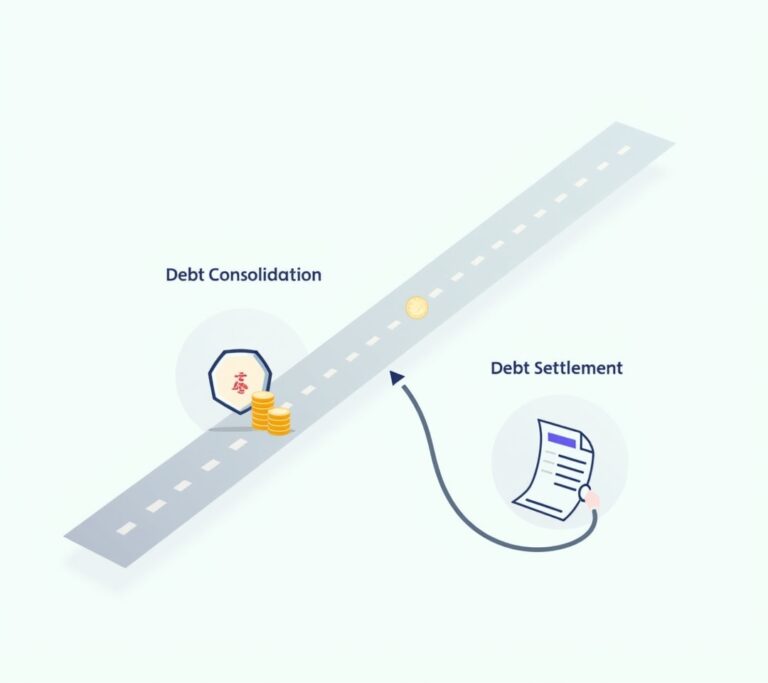Advertisements
Did you know that 35% of your credit score is determined by your payment history, while another 30% comes from your credit utilization? I learned this the hard way when I tried to do my first balance transfer back in 2019. Man, did I mess that up!
If you’re drowning in credit card debt like I was, a balance transfer can be a lifesaver. But here’s the kicker – doing it wrong can actually hurt your credit score. I’m gonna walk you through exactly how to do a balance transfer without tanking your credit, based on my own experiences (including the mistakes).
What Happens to Your Credit During a Balance Transfer

When I first considered a balance transfer, I was terrified it would destroy my credit score. Turns out, the process itself doesn’t directly hurt your credit – it’s how you handle it that matters.
Every balance transfer starts with a credit check. The new card issuer needs to see if you qualify, and this hard inquiry typically drops your score by 5-10 points. Not a huge deal, but it adds up if you’re applying for multiple cards.
The real magic (or disaster) happens with your credit utilization ratio. This is the percentage of available credit you’re using. When you open a new card and transfer a balance, you’re essentially increasing your total available credit while keeping your debt the same – which is good for your score!
The Right Way to Execute a Balance Transfer
Let me tell you about my second attempt at a balance transfer – the one that actually worked. First thing I did was check my credit score using annualcreditreport.com to see where I stood.
Next, I researched cards with 0% intro APR offers. The NerdWallet balance transfer tool was super helpful for comparing options. I aimed for cards where I had a good chance of approval based on my credit score.
Here’s the crucial part – I only applied for one card at a time. Multiple applications in a short period can really ding your credit. Once approved, I immediately initiated the transfer through the new card’s online portal.
Common Mistakes That Can Hurt Your Credit
Oh boy, where do I start with the mistakes I’ve seen (and made myself)? The biggest one is closing your old credit card right after the transfer. This was me in 2019, thinking I was being responsible!
Closing old cards reduces your available credit and shortens your credit history. Both of these factors can drop your score significantly. Instead, keep that old card open and maybe use it for a small monthly subscription to keep it active.
Another mistake people make is maxing out the new card. Just because you have a $10,000 limit doesn’t mean you should transfer $9,999! Try to keep your utilization below 30% on any single card. I learned this after my score dropped 40 points from one bad transfer.
Smart Strategies to Protect Your Credit Score
After fumbling through a few balance transfers, I’ve developed some strategies that actually work. First, always leave some available credit on your new card. If you get approved for $8,000, maybe only transfer $5,000-6,000.
Set up automatic payments immediately! I can’t stress this enough. Missing even one payment on your new card can result in losing that sweet 0% APR offer and damaging your payment history. I use my bank’s autopay feature to ensure at least the minimum payment goes through every month.
Here’s a trick I wish I knew earlier – if you have multiple cards to pay off, prioritize transferring the highest interest rate balances first. This saves you the most money while you work on paying everything down during the promotional period.
Timeline for Credit Score Recovery

So you’ve done the balance transfer – when will your credit score bounce back? In my experience, the initial hard inquiry ding recovers within 3-6 months. But the real improvements come from the better utilization ratio.
After my successful balance transfer in 2020, my score actually went up by 25 points within two months! This was because my overall credit utilization dropped from 78% to about 45%. The key was that I didn’t add any new debt during this time.
Long-term, if you pay down the transferred balance during the 0% period, your score can be significantly higher than when you started. Mine went from 640 to 715 over 18 months – all thanks to that one smart balance transfer and consistent payments.
Making Your Balance Transfer Work for You
Listen, balance transfers aren’t magic bullets, but they can be incredibly powerful tools when used correctly. The trick is understanding how they affect your credit and planning accordingly.
Remember those key points – don’t close old cards, keep utilization low, and always make your payments on time. These simple rules will help ensure your balance transfer helps rather than hurts your credit score. And hey, if you mess up like I did the first time, don’t beat yourself up about it. Credit scores can be rebuilt!
If you found this helpful, check out more money-saving tips and credit advice at The Clear Cents. We’ve got tons of articles on building credit, managing debt, and making your money work smarter, not harder!



